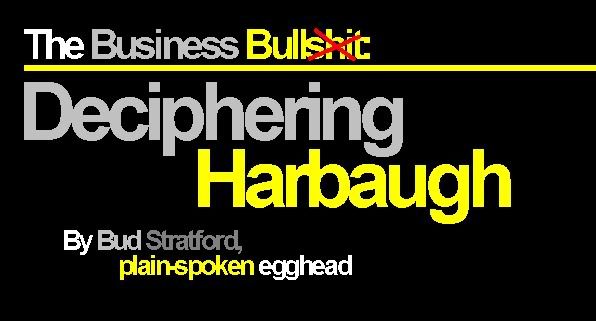Everything that IASC talks about at these "skateboarding summits" seems to end up degenerating into a shallow dialogue about how to "sell more stuff". Charitable and/or community initiatives? They're all about "selling more stuff". Magazines? All about "selling more product" ("product" is synonymous with "stuff", of course). The internet? Great at "building brand appeal" (which is marketing-hypester-speak for "selling more stuff"). What... you don't believe me? Well then, hear it straight from the horses' mouth over at Boardistan, where they're doing a damn snappy job of live blogging the whole senseless shindig of shenanigans:
"If you have skateboarding in high school, maybe that introduces more people to skateboarding and helps everyone sell more stuff..."
"I don't think print will ever die. 25,000 journalists lost their jobs last year. Those numbers don't die. i don't think Thrasher will ever die. That is neither here nor there. The purpose of print media and what we do are virtually the same. Both of us are here to help you get your brand message out so you can sell more product..."
"Unless you're a fan of a brand we've got new kids coming in every day and they've never heard of brands and they somehow come to [some website] and they are turned on to brands..."
Now, guys. I understand that this is an IASC Business Bullshit Bubbub and all. I get that. And of course, Boardistan's editors paraphrased and typoed their asses off in order to bring us their otherwise excellent up-to-the-nanosecond reporting. But even given all of that, I still have to ask myself from time to time, "Seriously? Does everything from high school skateboarding clubs, to the hallowed pages of Thrasher, to [Some Website] have to be strictly about selling more crap (aka,"stuff")?!"
Maybe IASC should try changing their name to "It's A Sacred Concept" for a week or so (instead of the current "It's A Scandalous Conundrum"), and find the motivation [somewhere] to start doing things that promote the grander good of skateboarding, not just for the greater good of lining their pockets and filling their coffers.



